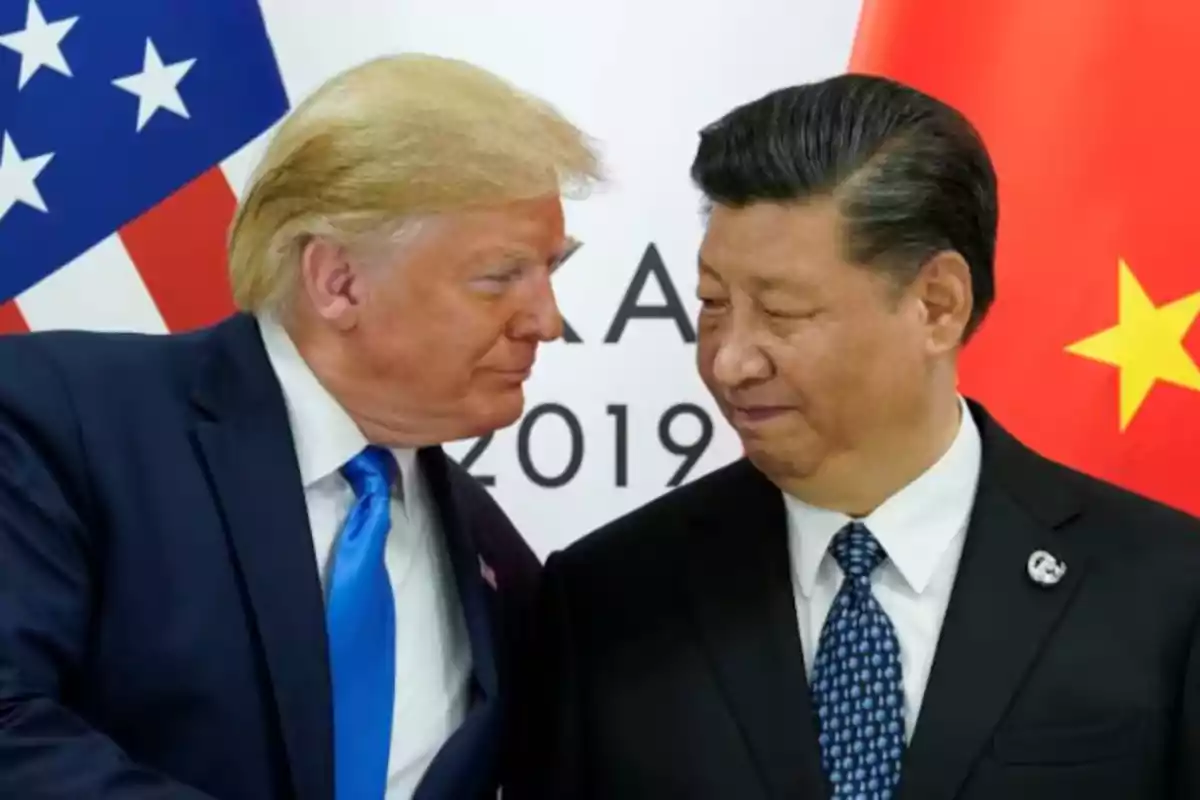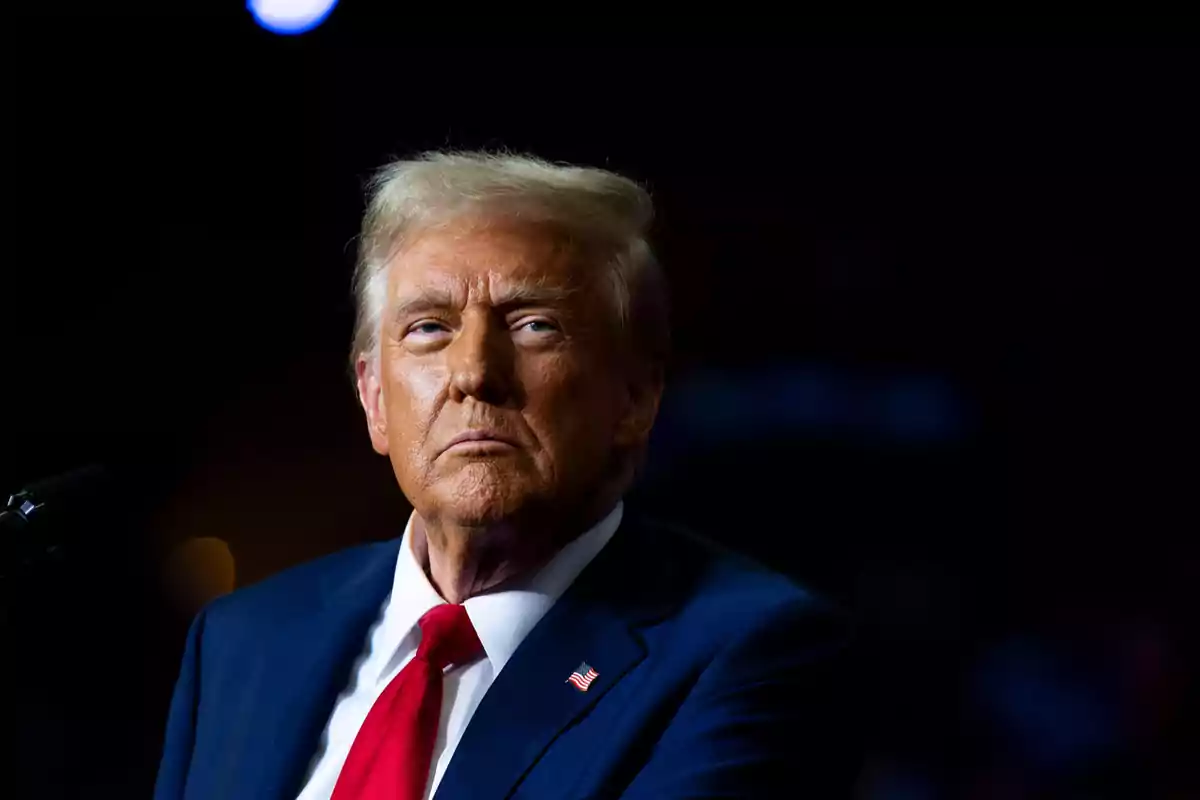
Trade war: When Donald Trump proposed a trade deal to China
China's failure to meet its commitments ended what could have been a historic free trade agreement
Five years ago, on January 15, 2020, the United States and China signed the "Phase One" of a trade agreement that promised to calm the trade war unleashed in 2018 under the first presidency of Donald Trump.
However, China's non-compliance with its commitments and the abandonment of "Phase Two" highlighted the limitations of the pact, deepening the economic rivalry that today, in 2025, continues to define the relations between the two powers, and putting an end to what could have been a historic free trade agreement.
The "Phase One" emerged after two years of mutual tariffs: the U.S. levied USD 550 billion on Chinese goods and China replied with USD 185 billion on American products, according to the U.S. Trade Representative.

The agreement, signed by Trump and Chinese Vice Premier Liu He, required China to purchase an additional USD 200 billion in U.S. goods and services between 2020 and 2021, including USD 52.4 billion in agricultural products, USD 76.7 billion in manufacturing, and USD 32.9 billion in energy.
It also included commitments to protect intellectual property, avoid yuan devaluations, and open the Chinese financial sector. In return, the U.S. reduced tariffs from 15% to 7.5% on USD 120 billion in Chinese imports, although it maintained the 25% on USD 250 billion.
However, China did not meet the central goal. According to the Peterson Institute for International Economics, by the end of 2021 it had only acquired 57% of the promised USD 200 billion, about USD 114 billion additional. Agricultural exports, like soybeans, reached 60% of the target, while energy purchases barely reached 25%. With the COVID-19 pandemic and logistical disruptions, the nascent trade agreement came to an end.

The "Phase Two", announced as the next step, promised to address structural issues: Chinese state subsidies (USD 200 billion annually, according to CSIS), pro-market economic reforms, and cybersecurity.
Robert Lighthizer, then Trade Representative, described it as a negotiation to "rebalance" the relationship, but it never took off. The pandemic, tensions over the origin of COVID-19, and the 2020 U.S. election campaign paralyzed the discussions. After the arrival of former Democratic President Joe Biden in 2021, the priority shifted to a multilateral strategy against China, leaving "Phase Two" forgotten.
Finally, the non-compliance of "Phase One" and the collapse of "Phase Two" marked a turning point. In 2025, with Trump back in the White House, the trade war evolved into a broader confrontation.
More posts: